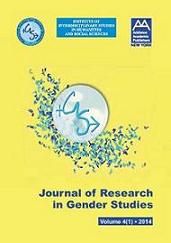The Architecture of Living in the Post-War Romania. Transitions and Development
The Architecture of Living in the Post-War Romania. Transitions and Development
Author(s): Nicoleta Doina TeodorescuSubject(s): Gender Studies
Published by: Addleton Academic Publishers
Keywords: inhabitant; family; habitation; housing; restriction
Summary/Abstract: In 1930, Bucharest had a population of 639,040 inhabitants. Strong industrial development, with reference year 1938 as year of maximum economic performance of Romania, will attract an increasing number of inhabitants of the city, so that in 1948 the city already had 1025180 inhabitants. In 1977 the population of the city reached 1807239 people. Limiting this growth was also achieved politically, when severe restrictions were introduced, at least for large urban centers such as Bucharest. But the major intervention, with a major impact on family structure, on attitudes and human concepts, was made at the housing unit, reference frame for the “new man.” Traditional family, the patriarchy exercised within the peasant household was replaced by the proletarian family, housed in residential units when it was not caught in the maelstrom of “socialist race.” Housing is no longer addressed to man, his family or to meet the need of privacy, but to a statistical number of residents with standardized needs and aspirations. In this sense, the postwar period shows a great consistency of approach and the comparative study to post-December period makes possible to detect major influences and how they acted.
Journal: Journal of Research in Gender Studies
- Issue Year: 4/2014
- Issue No: 1
- Page Range: 495-517
- Page Count: 23
- Language: English
- Content File-PDF

